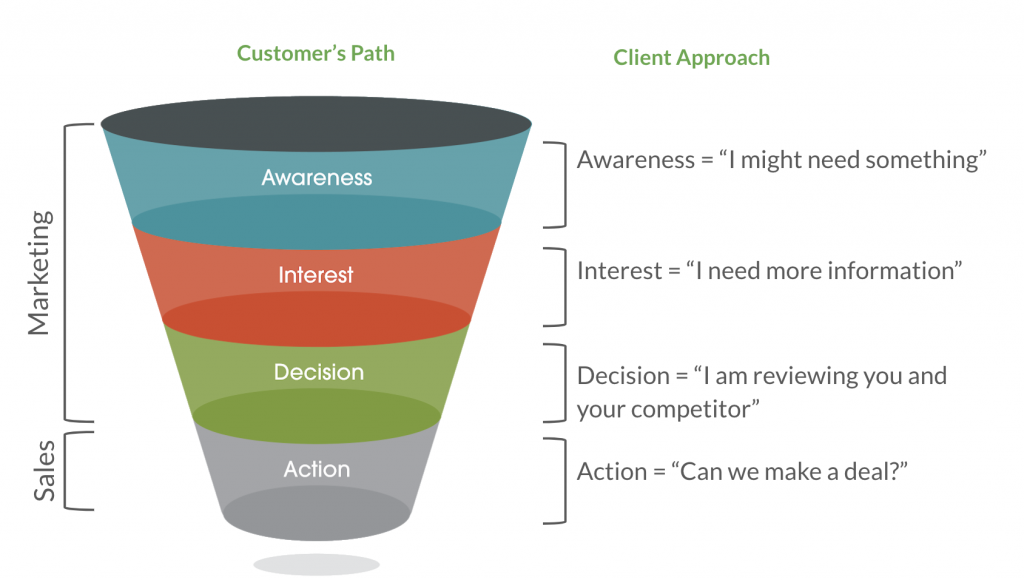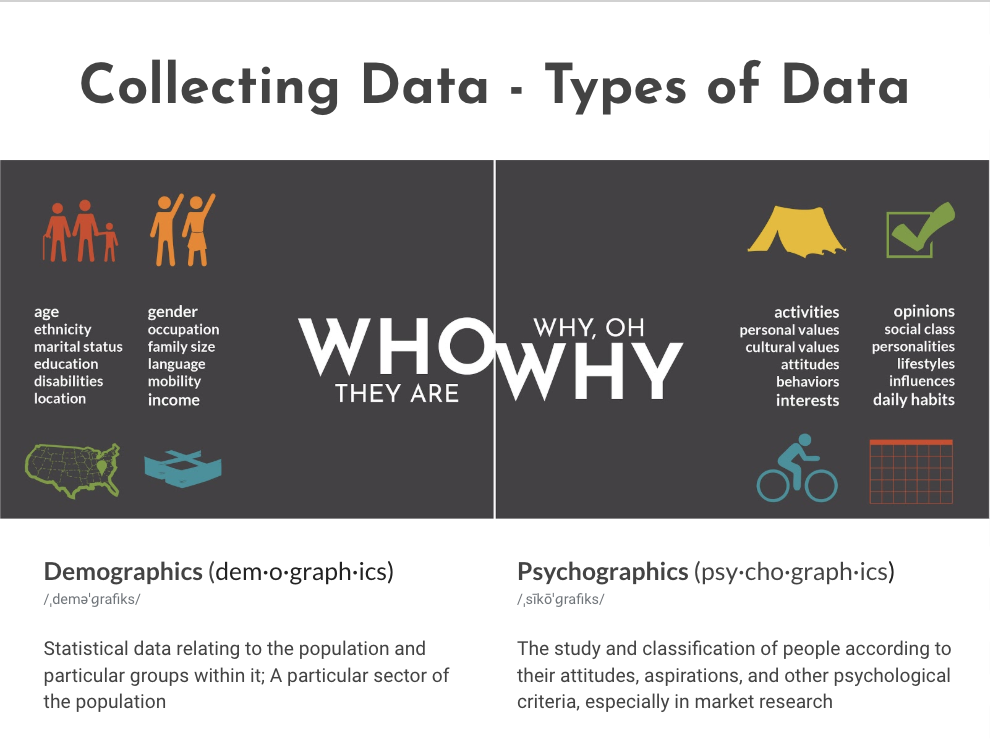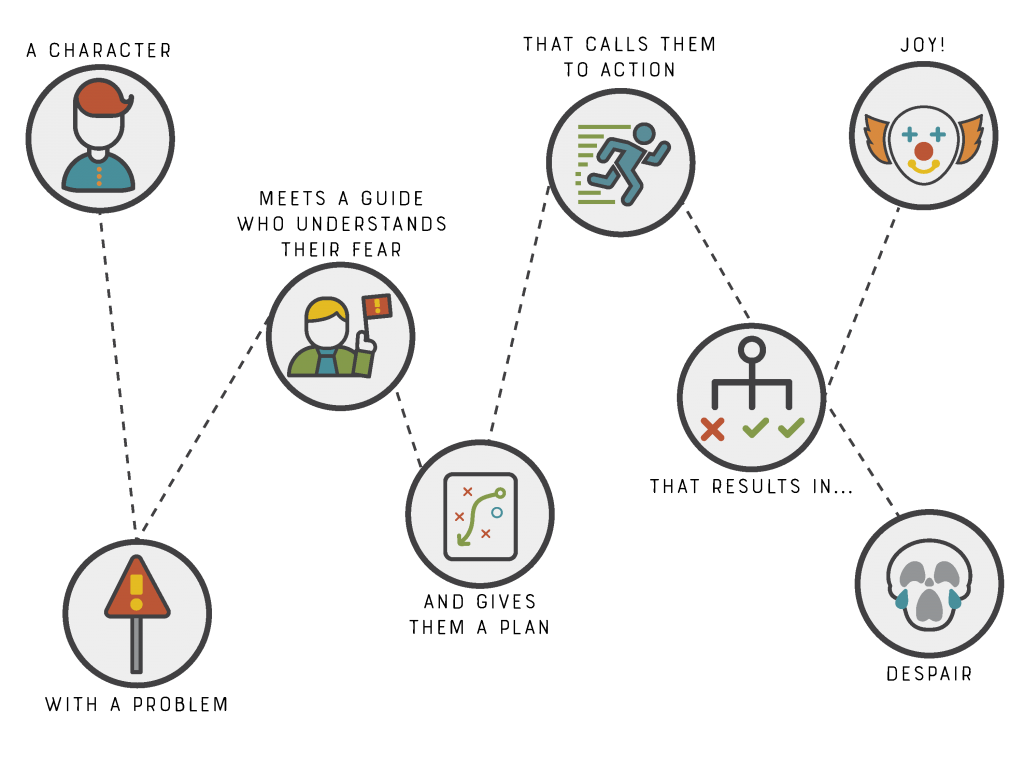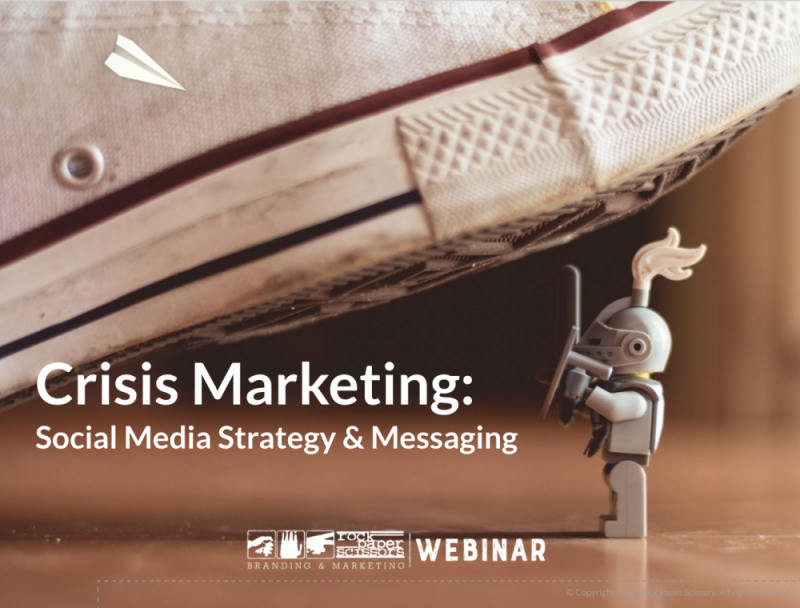The COVID-19 pandemic has caused us all to take a step back and rethink how to market our business, products, and services. Whether you had to close your doors or quickly pivot to an online format, as we move beyond this crisis and discover what the new normal looks like, we have to look at how we were connecting with our customers and social media will play a crucial role in your next steps as you get back to business.
Adjusting Your Goals to Be S.M.A.R.T.E.R.

We’ve said this many times–you wouldn’t build a house without a plan, so why would you market without one? Even in a time of crisis, taking a step back to think through your strategy and the messages you want to send out will help you be more intentional with your marketing actions rather than reacting and shooting from the hip. This means adjusting your goals for the circumstances you’re currently facing so you can make strong connections with your audience. In times when you can’t convert your audience, you can still grow it and that’s a huge part of crisis marketing. So before you start putting any plans into place, crafting copy or finding an image, start thinking about that goal of growing your audience. Rather than increasing sales, now is the time to think about what you want your audience to remember about you when this crisis period is over. How can you speak to the current situation and stay top of mind? How can you engage with your audience and show you care and will be here when everything is over.

You’ve probably heard of S.M.A.R.T. goals, but we are fans of Michael Hyatt’s S.M.A.R.T.E.R. goals. He says by taking your goals a couple of steps farther, you can improve your chances of achieving your goals because you’re looking at each goal to see if they are:
- Specific enough to focus and direct your energies
- Measurable so you can keep track of your progress
- Actionable with a clear initiating verb that prompts specific activity
- Risky enough to leverage our natural tendency to rise to challenges
- Time-keyed so you’re prompted exactly when to act
- Exciting enough to inspire and harness the power of your intrinsic motivation
- Relevant within the overall context of your life
Once you’ve processed your goals according to the S.M.A.R.T.E.R. method, then you can begin determining your objective, strategies, and tactics and develop your plan for reaching your audience in this new reality.
The COVID-19 Social Media Landscape
So why is social media going to be a crucial part of your crisis marketing and recovery strategies? Think about it this way–many of us have been sheltering-in-place for quite a while now and that has led to increased screen time and social media usage. According to a report by socialbakers, since the beginning of February 2020, there has been a consistent incline in Facebook and Instagram interactions with the most significant spikes taking place between March 16 and 17, which was the time frame in which bars, theaters, and other entertainment venues in New York City were ordered to close and many countries closed their borders.

During the same period of measurement, socialbakers observed a growth in COVID-19 content on the same platforms with the largest single day spike showing more than 11,000 Facebook posts about the pandemic. Other reports indicate that Facebook had a 37% increase in usage in the first month of COVID-19. The price of social ads are also decreasing, which has lead to increased performance of organic content.

All that to say, people are looking to social media to connect with family, friends, and brands when their usual routines are disrupted, making it an essential part of your strategy for growing your audience as you move forward.
Adjusting Your Social Media Tools
Now you know why social media is an important factor in your new strategy, let’s talk about adjusting your social media tools. If you already have a presence on social media, this may mean increasing or decreasing your current posting routine or running some ads to gain new audience members, while for others it may mean jumping on other platforms. And for some, this may mean getting started with social media.
Before you start making decisions about which social media platforms to use, think about your audience’s journey to becoming a customer. The sales funnel illustrates this journey every person goes through when making a purchasing decision. This funnel is important because it shows how you need to show up for your audience through their entire decision-making process and outlines the types of info they’ll need along the way, which gives you the opportunity to build trust with them.

Once you understand your audience’s journey to becoming a customer, you can then start to select and prioritize your marketing channels based on the sales funnel approach. We recommend you take stock of your current marketing channels and the stage of the funnel they fall into and what channels you may need to add to the mix to better support your audience’s journey to build a stronger connection with them so that when they are ready to purchase, you’re top of mind.
Messaging Tone Today
As you’re determining your social media strategy, you also have to consider your messaging. You may need to make some pivots and be flexible for a while as you rediscover what your audience wants and needs from you during this unique time. Hard sales pitches may not resonate, but it doesn’t mean you have to stop posting content. You just need to take the time to understand your audience and speak to their current situation, and creating audience profiles can help.

Audience profiles offer a quick look at the types of people you hope to connect with and a bit about who they are, how they think, how they consume information, and more. These help you really start to think about how to reach your audience and the types of messages that might resonate best with them.
When creating an audience profile, you’ll want to take a look at demographic factors like age, ethnicity, location, education, income, and occupation to name a few, as well as psychographic factors like what activities they enjoy, their personal and cultural values, interests, opinions, lifestyle, and social class, attitudes, behaviors, interests, and lifestyle and daily habits. You also want to consider what pain points these people might be facing as it relates to what you have to offer and their mindset.
Audience profiles will also help you put yourself in your audience members’ shoes and think about how information will resonate with them, especially in the current reality of information overload. The most important piece of advice we have to offer is that as you determine what your new story is, be sure to make your audience the hero of the story. Donald Miller’s Building a Story Brand offers a framework that is helpful for doing just that by establishing a clear path to how you can show up as a guide to help solve their problem or meet a need.

A few additional pointers to developing new messages in a time of crisis from our friend Heather Loveridge of Magnolia Media Group are to:
- Be empathetic
- Be vulnerable
- Be hopeful
- Be consistent
- Be clear and relevant
Showing Your Story
Showing your story is just as important as the messages you’re writing. Pictures, infographics, videos, and other visual aids are extremely helpful in making your message stand out and memorable. If you’re able to create visual assets on your own, that’s always a great tool to use. However, when you’re operating in crisis mode that might not be possible or you might be looking for extremely specific visuals. A few great resources you can use for COVID-19 materials are:
- Canva, which has a library of pre-made COVID-19 images
- The Centers for Disease Control and Prevention Public Health Image Library on Unsplash
- Pixabay’s free images related to COVID-19
Getting Audience Feedback
Feedback from your audience is important as it provides you with better insight into what they are currently thinking and the challenges they may be facing as they walk through this uncharted territory. Times of crisis like the economic recessions of the past caused people to trust differently and we’re seeing a similar shift as we’ve all spent more time at home. While we don’t know how this will really shape us, we know that if we stay in contact and listen, we can pivot and heal faster.
There are tons of methods for collecting feedback from your audience and many of them are free or really cost effective. Check out our previous blog on audience feedback for a look at the different tools available, as well as some great tips to help you think through how you collect feedback and when to ask your audience for their thoughts.
Ready, Set, Go

With all this information at hand, it’s now time to get started! Remember the sooner you figure out what your audience needs and wants and what their new normal is, the sooner you can establish your new normal for communicating with them through social media and start leading in your industry.
Questions?
Contact us! We’re always happy to help. If you could use some help with your strategy, we offer 60-minute marketing consultations where we can look at your current efforts and make recommendations. Fill out the form on our Contact Page if you want to request a marketing consultation. If you’re interested but need more info, email info@123shoot.com to let us know!


